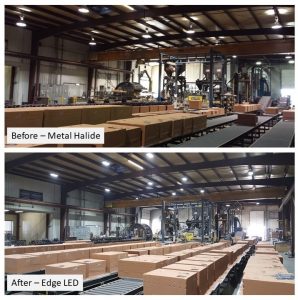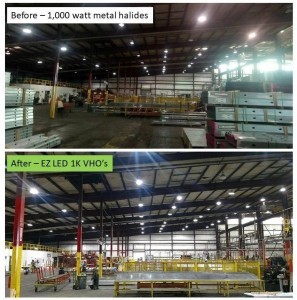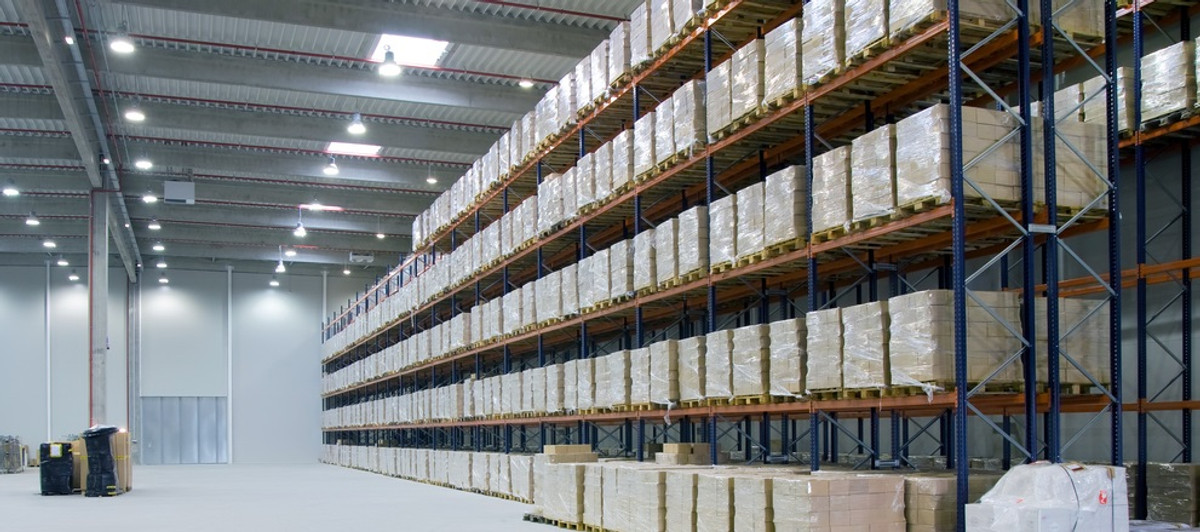Why High Intensity Discharge Bulbs Can't Compete with LED
By Leah • Aug 14, 2018
While this article makes the case for the benefits of LED lighting over high intensity discharge (HID) lamps, the truth is that they do compete. HIDs have many benefits over incandescent and florescent lights and have served many great purposes in various industries. The issue now is that they are no longer the best on the market and here OEO explains why.

How High Intensity Discharge Bulbs Work
The discharge aspect of HID lamps are when electrical current is sent through the bulb in an arc, providing the light. This light is made more intense by the structure of the bulb. Within a glass casing is an 'arc tube' which contains the discharge so it doesn't escape. The bulbs contain a noble gas which allows for the initial discharge to occur.
However, the intensity doesn't happen immediately. Instead, the heat from the arc heats various metallic substances which evaporate within the bulb and cause the light to grow in intensity. They are used for various purposes and metal halide bulbs are a type of HID, using metal halides (metal halogen compounds) as their light intensifying substance and mercury for the gas.
Why High Intensity Discharge Bulbs are Used
As we mentioned earlier, these bulbs are more efficient than florescent bulbs and incandescents. This has made them a great alternative with a not dissimilar pricing. However, the main reason for their use up to this point is their intensity. They can create an intense amount of light which does not lose much of its light energy to infrared. Infrared light is not visible to the human eye, making it not very useful for most industrial purposes.
This means that large industrial spaces can be well lit by these bulbs. The quality is good which means it can be used for many industries which need quality light.
Why LED Lighting Improves on this High Intensity Discharge Lamps

While HIDs have been great for many purposes, they have down sides. Many of these have been improved upon by LED technology. They include:
- Safety: although HIDs are made with different types of glass, many of which are reinforced, they are not suitable for every environment. Steel plants and areas which have high a lot of heat and/or objects which can cause damage can have problems with them. With the metals and gases within them, this doesn't just mean losing a bulb it also means it can cause contamination issues in sensitive environments. LED lighting is a solid state lighting device which is near very difficult to shatter. They use an epoxy resin rather than gas, so this is not a problem either.
- Less light lost: although HIDs lose less light to infrared than some bulbs, they cannot compete with LEDs.
- Less energy wasted: HIDs are much less energy efficient and lose a lot of energy as heat. This is bad for refrigeration industries or other industries which require careful temperature control. LED lighting loses very little to heat.
- Lumen depreciation: HIDs lose lumens (the amount of light) as the gases and metals are slowly used up. This means that they may switch on, but will not be as bright and often ineffectual for their intended use, unlike LED lighting.
- Time: HIDs take time to warm up and produce the light you need. LED lighting is almost immediate and can be used for motion sensors and other programmable lighting needs even in large industrial spaces.
- Direction of light: HIDs cannot control the direction of light as well as LEDs. This is because their light goes in a 360° area, being lost where it is not needed.
The above reasons all combine to make LED lighting much more energy efficient, cost effective and better quality than high intensity discharge lamps. With the continued falling price of initial LED costs, as well as incentives to make the change to LED, there is no longer any question which is better.
